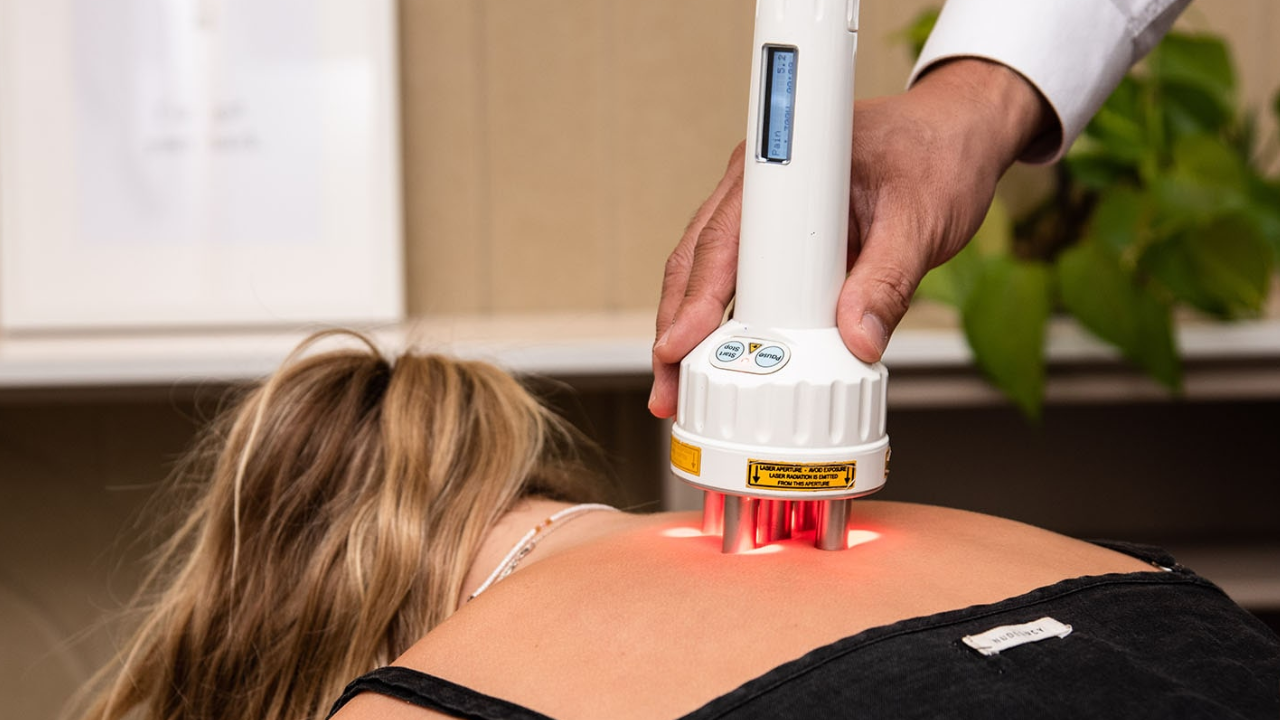The field of laser therapy devices is on the verge of making dramatic advances, ushering in a new era of innovative medical treatments and rehabilitation methods. As technology advances, the future of laser therapy offers unparalleled precision, efficiency, and versatility. In this investigation of future trends, we look at the fascinating breakthroughs that are poised to transform the landscape of laser therapy equipment.
Laser technology advancements have the potential to open fresh applications in a variety of medical sectors. From better targeting in cancer medicines to neurostimulation for neurological illnesses, the future Laser Therapy Device promises more personalized and effective treatments. Miniaturization and mobility are becoming increasingly important factors, allowing for the creation of home-use gadgets.
The Future Trends of Laser Therapy Devices
As technology advances, the future of laser therapy devices contains exciting possibilities, ranging from improved precision and personalization to integration with cutting-edge technology. In this in-depth examination, we look at the predicted future trends that will impact the landscape of laser therapy devices.
Precision and Targeted Therapy
The future of laser therapy devices is characterized by an emphasis on precision. Advancements in device design and engineering are enabling more precise delivery of laser energy to specific tissues and biological structures. This increased accuracy guarantees that therapeutic effects are maximized at the site of damage or ailment, hence increasing therapy efficacy overall.
Wearable and Portable Devices
The trend towards miniaturization and portability is projected to continue, leading to the development of wearable laser therapy devices. These small, simple devices can be put on specific body locations, allowing people to receive treatment while going about their daily activities. Wearable technologies may enable people to actively manage their health conditions from the comfort of their own homes.
Integration with Smart Technologies
The future foresees laser therapy devices being integrated with smart technology, allowing for continuous monitoring and treatment plan customization. Connectivity to smartphones and other digital platforms may allow for real-time treatment progress tracking, automated laser parameter adjustments, and improved communication between patients and healthcare providers.
Personalized Treatment Algorithms
Advances in artificial intelligence (AI) and machine learning are expected to help build personalized treatment algorithms for laser therapy devices. These algorithms could use patient data, such as genetic variables, lifestyle choices, and real-time physiological reactions, to design treatment protocols for the best results. Personalization guarantees that each patient receives a tailored and specific therapy approach.
Multimodal Therapies
The future of laser therapy Devices may incorporate many therapeutic modalities into a single device. Combining laser therapy with other noninvasive treatments, such as electromagnetic field therapy or ultrasound, may provide synergistic effects, improving total therapeutic outcomes. Multimodal therapy may offer comprehensive remedies to complex and multifaceted medical issues.
Expanded Applications in Neurology
While present research suggests potential advantages, laser therapy's applicability in neurological diseases is likely to expand in the future. Further research may reveal its efficacy in treating ailments such as neurodegenerative diseases, stroke recovery, and cognitive problems, broadening the application of laser therapy in neurology.
Increased Accessibility in Developing Regions
As technology advances, the cost of producing laser therapy equipment may fall, increasing its availability in developing countries. Portable and low-cost devices could play an important role in expanding therapeutic alternatives to places with inadequate healthcare infrastructure, addressing a variety of medical ailments.
Regulatory Standardization
The regulatory standardization of laser therapy equipment may extend in the future. As the field advances, regulatory bodies are likely to develop increasingly specific standards to assure the safety and efficacy of these devices. Standardization can instill confidence in both healthcare personnel and patients, leading to universal acceptance.
Summary
Future advancements in laser therapy devices indicate a paradigm shift in how we approach a wide range of medical diseases. From cutting-edge laser technology possibilities to intelligent treatment protocols, the path is clear for more precise and successful treatments. As research advances and innovation pulls the industry forward, laser treatment devices are set to change the future of healthcare, providing new opportunities for both patients and practitioners.

